Use this free double knitting pattern with felting wool to make a lovely potholder for your kitchen, or use the motif in another project of your choice. This is a graph pattern, so there are no row by row knitting instructions provided.
This pattern originally appeared on my other website, Grădina cu fluturi. You are reading an updated version now.
Cultural heritage – to preserve or to use?
Why not both?
It’s been bugging me for months now.
I love that we have such a rich heritage and that all those symbols that we take for granted tell the stories of our ancestors. I say ‘stories’ because each person who has ever held a sewing needle in their hand and started making their own clothes knows that no two garments are identical. Even if you don’t use any special or decorative stitches.
We are all unique, we are all special snowflakes and it’s time to acknowledge something that our forefathers and foremothers knew intuitively (ah, yes, there were foremothers, even if the word isn’t recognized by my browser). What we make with our own hands reflects ourselves.
The colors we pick, the fabrics and threads we choose, the instruments we select, the patterns we make, everything reflects us and our uniqueness.
And as much as I was joking two rows above when I said we’re all special snowflakes, I do believe that we have the power to create beauty simply by being ourselves.
So I stopped worrying and caring about what other people will say if I didn’t do things the way they thought I should. I don’t care if some people will be offended by my picking symbols from my own heritage and using them to create shawls and stoles and some small items too.
Perpetuating symbols doesn’t just mean ‘imitating the old’. It also means finding new uses for them, where they will be cherished and passed on to new generations in an understanding that nothing is static and human creativity hasn’t even started its explorations in full.
So I took one symbol from an album published in the interwar period (Izvoade Moldovenești – Elena Cuparencu, Elena Nicoară), added a tiny detail and then used it as a template for my very first finished double knitting project (there’s another one that I started earlier, just to learn the basics of double knitting, but it’s much bigger, so it will take a while until I finish it and can write about it).
Project details
This is a perfect project if you’ve done double knitting before, to know the basics. It’s not advanced, but it does require patience and concentration. In the end, you’ll have a lovely square with a beautiful, symmetrical motif, that you can use for what your heart desires.
Make it in wool and felt it for a beautiful potholder, knit it up in cotton and double up on the stitches (both length and height) to make a side for a bag or an afghan piece, use it as a square in a larger piece, you choose. I’ll try to make more, but I can’t promise they will fit together, as all the others are a bit larger and more complex.


I used yarn for felting because I plan to make this into a potholder, as I already have an oven mitt made from the same yarn and I really love it (that one is crochet and I should write up the pattern and publish it here as well).
As I’m quite new to double knitting, I just used the simple long-tail cast-on, using both yarns at the same time. If you use this method, make sure the yarns are aligned properly after casting on each stitch (one stitch in color A, one in color B). If you use another, fancier method, you don’t need to do this, as it comes directly from the casting on.
I cast on an extra two double stitches (that’s four in total), so I’d knit the last stitch (using both colors together) and slip the first stitch of every row, making a nice chain border. Use your preferred method for turning the row, just be aware that it will look differently from my example.

Since I knit Eastern European style (meaning very fast, compared to other methods), I really find it pointless and tedious to work two rows in four passes (who doesn’t?), so I knit both sides at the same time (one color knit and the other purled).
That means that the yarns twist a lot, especially as there are so many color changes in this pattern. The last part is a good thing, because the two sides make one fabric. I am planning to make a video on how I double knit in Eastern European style, so you can see how that works.
The twisting is manageable, especially if you find a way to let the yarn untwist (I am thinking up a device that will do that, so far I got to the idea of a swift with yarn cakes stuck in two ends – I’ll update you about that), or do it manually from time to time (ideally, every row).
Just keep that in mind and don’t panic/get frustrated with the twisting. It will happen, it’s part of the process, it must be dealt with. I don’t know what happens if you do four passes, but I suppose I will never find out, since I don’t plan to ever do it.
Please let me know in the comments if you double knit like that and if the yarns twist around each other.
Even with Eastern European style knitting, this project is slow. You should work on it with the chart in front of you.
You’ll get the hang of it after a while (after you pass the middle), since it’s symmetrical, but please bear with it. I promise you you’ll LOVE the result. I thought it would take me an evening to finish it, but I worked on it for several days (in the evenings) and a weekend to get it finished.
To bind off, I just used the classic method that I don’t know the name of – knit the first stitch, return to needle and knit two together, then keep on slipping one back and knitting together until the end. It looks like a single crochet in the end.
Or use whichever method you prefer. I hear there’s such a thing as a three needle bind-off. Wonder what that looks like (not fun on anything bigger than a sock toe).
Chart for this free double knitting pattern
Use the first chart for double knitting and the second for stranded knitting.
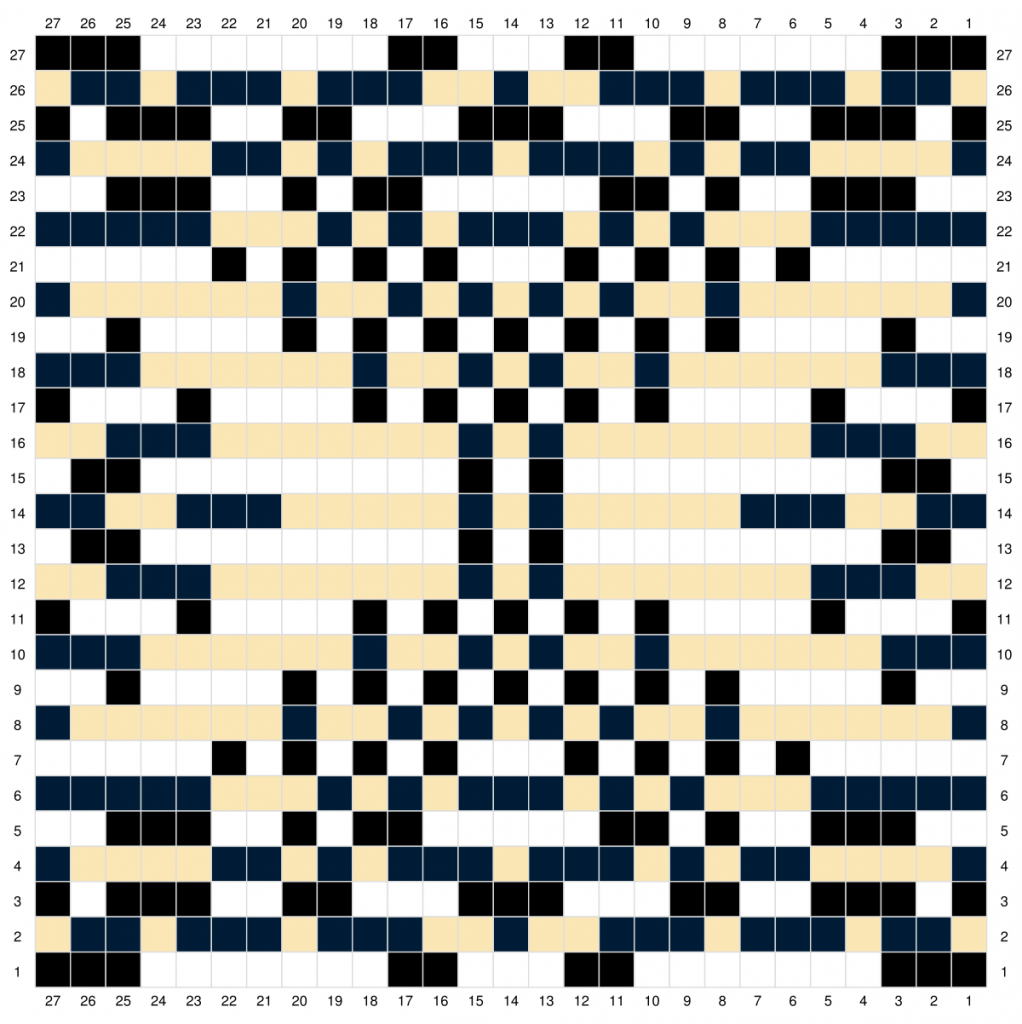
If you want to follow the original pattern, without the reversed rows, here’s the chart. You can also use this for stranded or colorwork knitting, where you only work one layer.
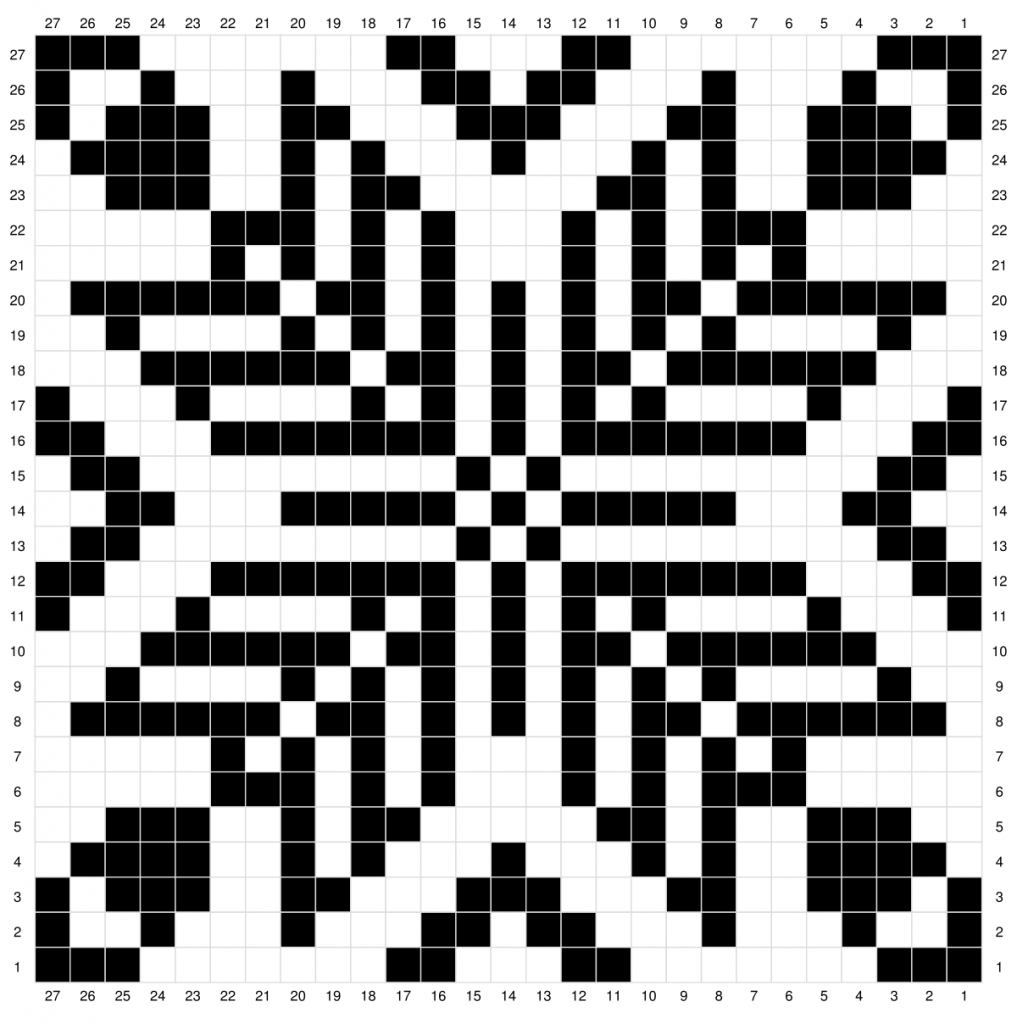
I hope you enjoy this project as much as I do and that you’ll be back for more. Oh, I have so many ideas, so little time.
Here are some other free patterns (I can’t promise new knitting patterns anytime soon, but I have them in mind).
Sign up below to get a free pattern, plus my weekly email updates about new patterns, testing calls, videos, events, free patterns, blog posts, oh so many goodies.
Hugs,
Andrea

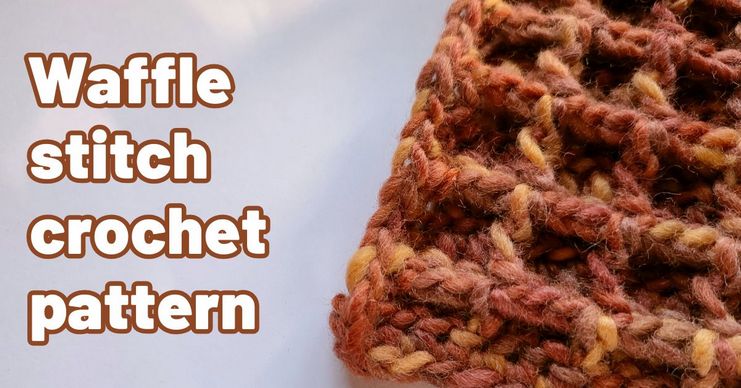
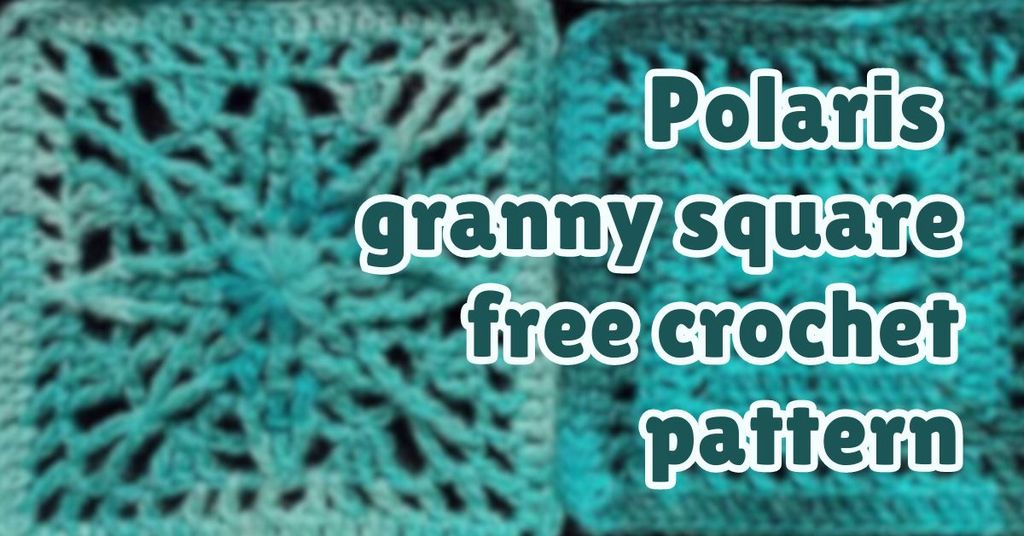
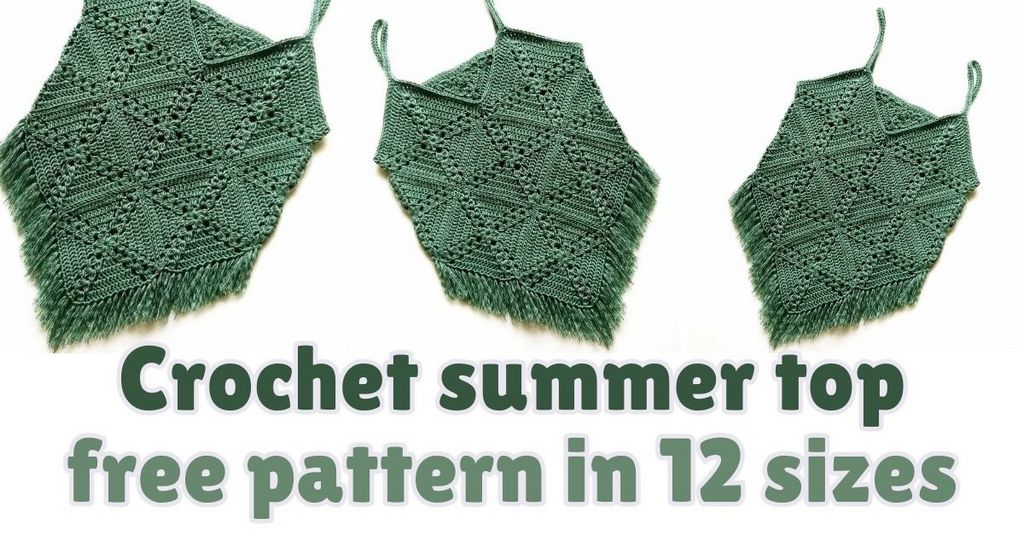
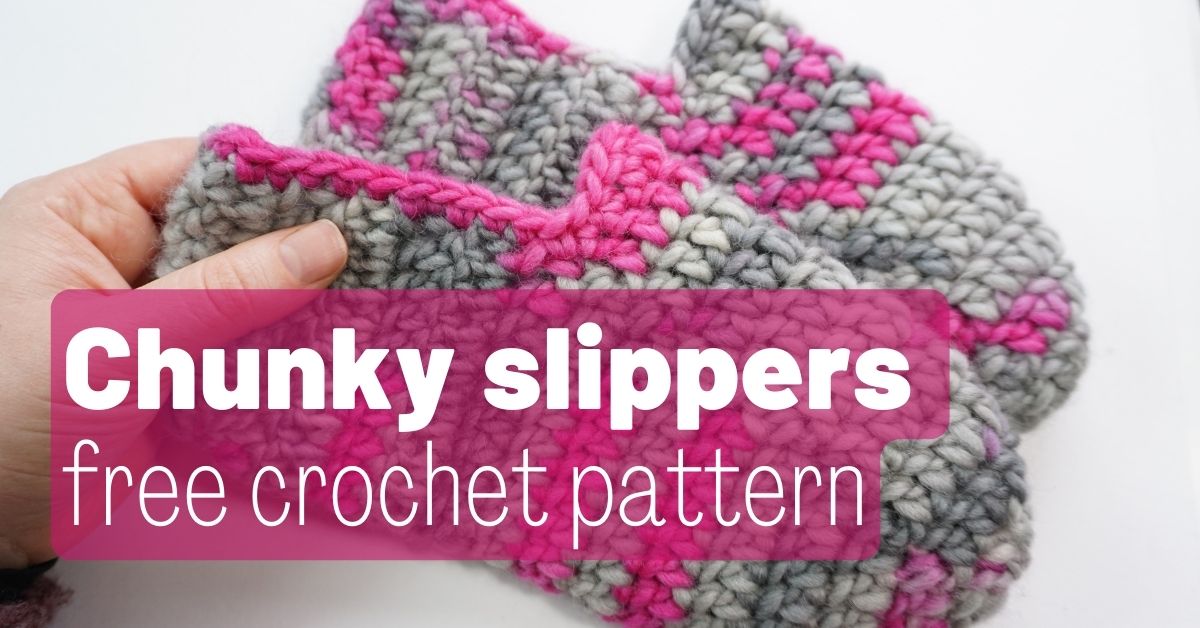
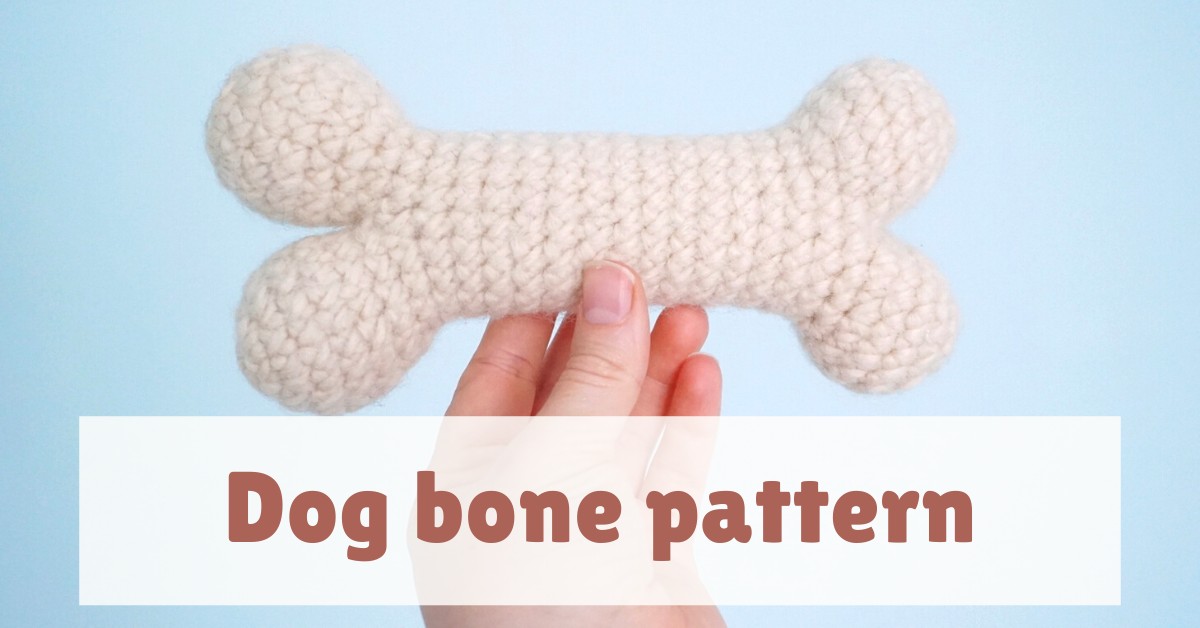
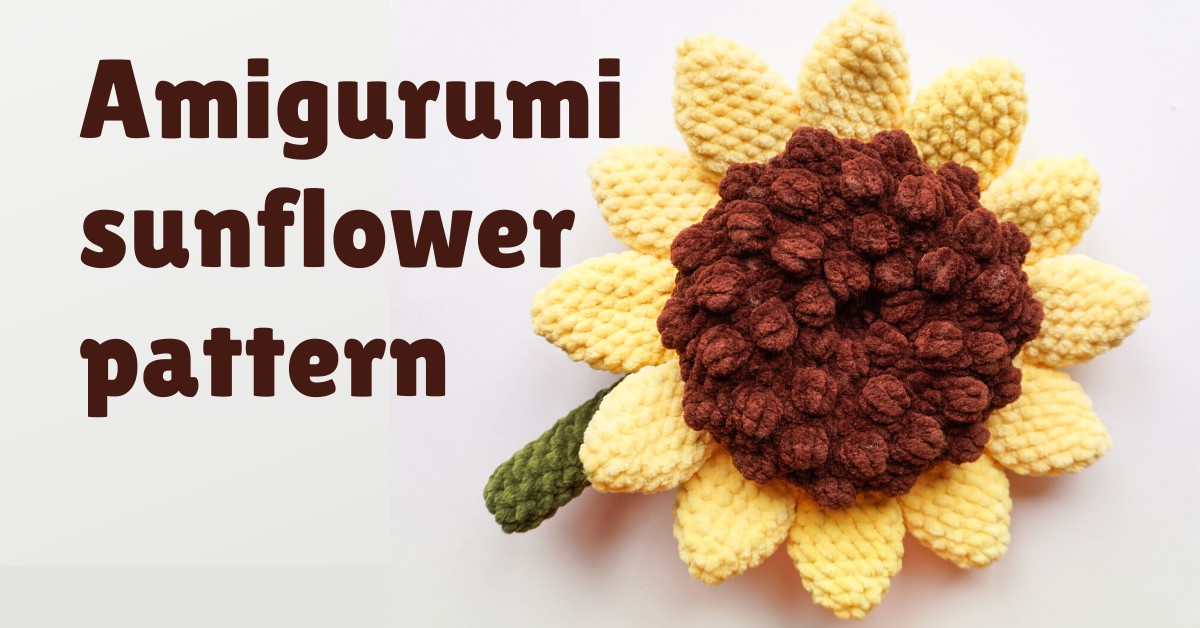
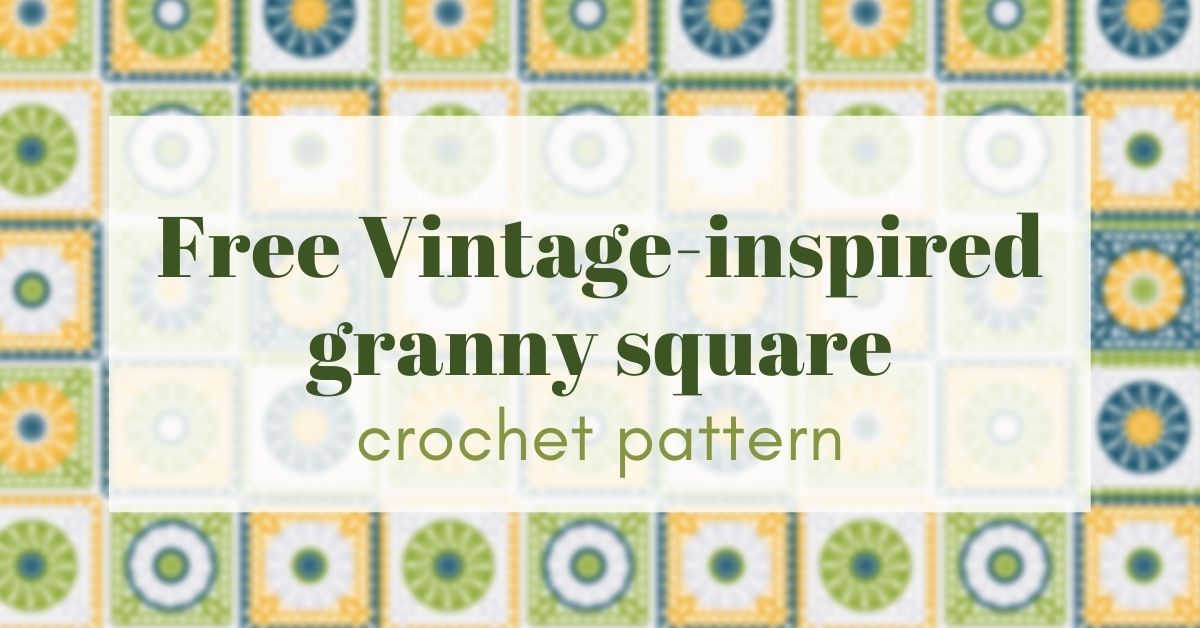
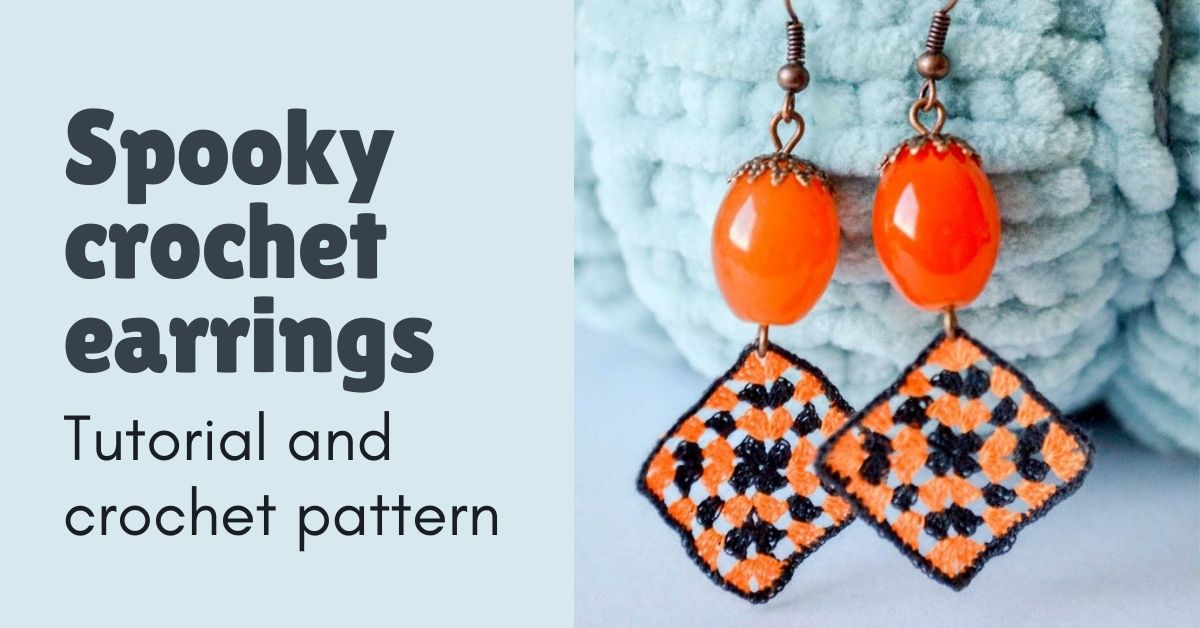
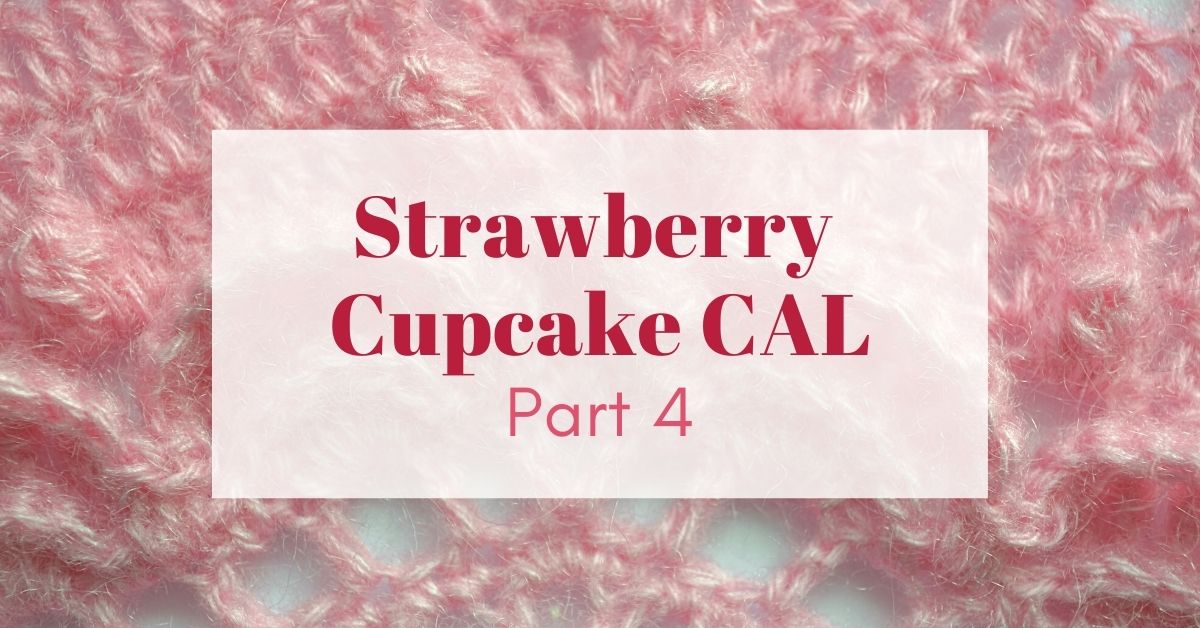
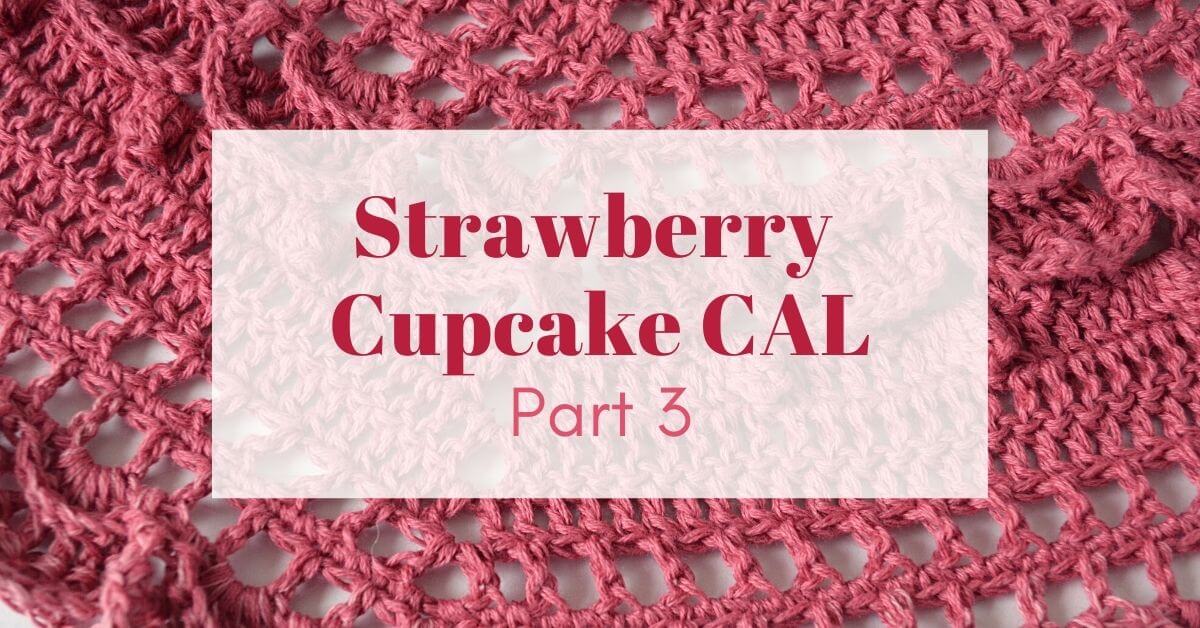

1 thought on “Free double knitting pattern for a felted potholder”